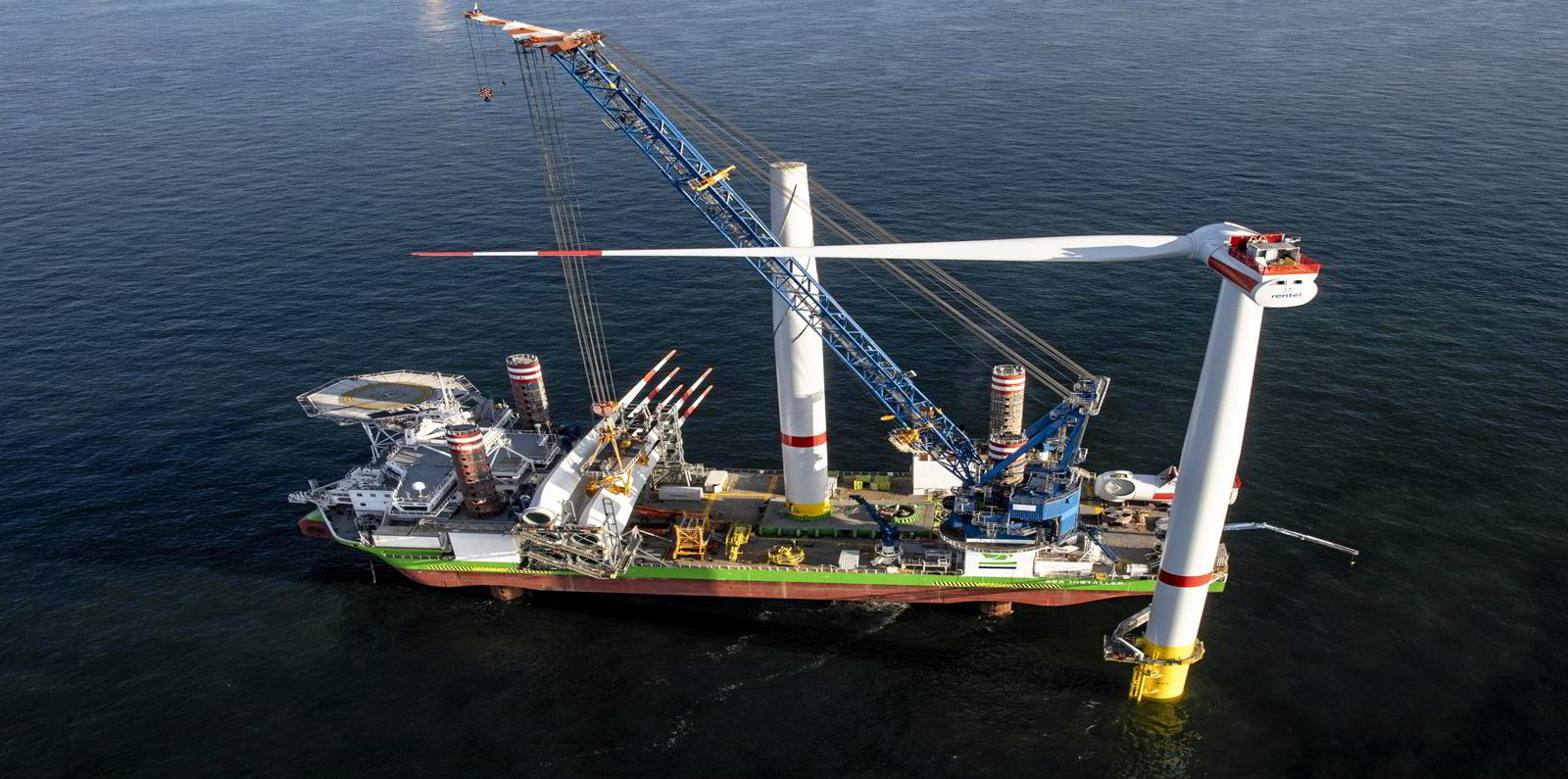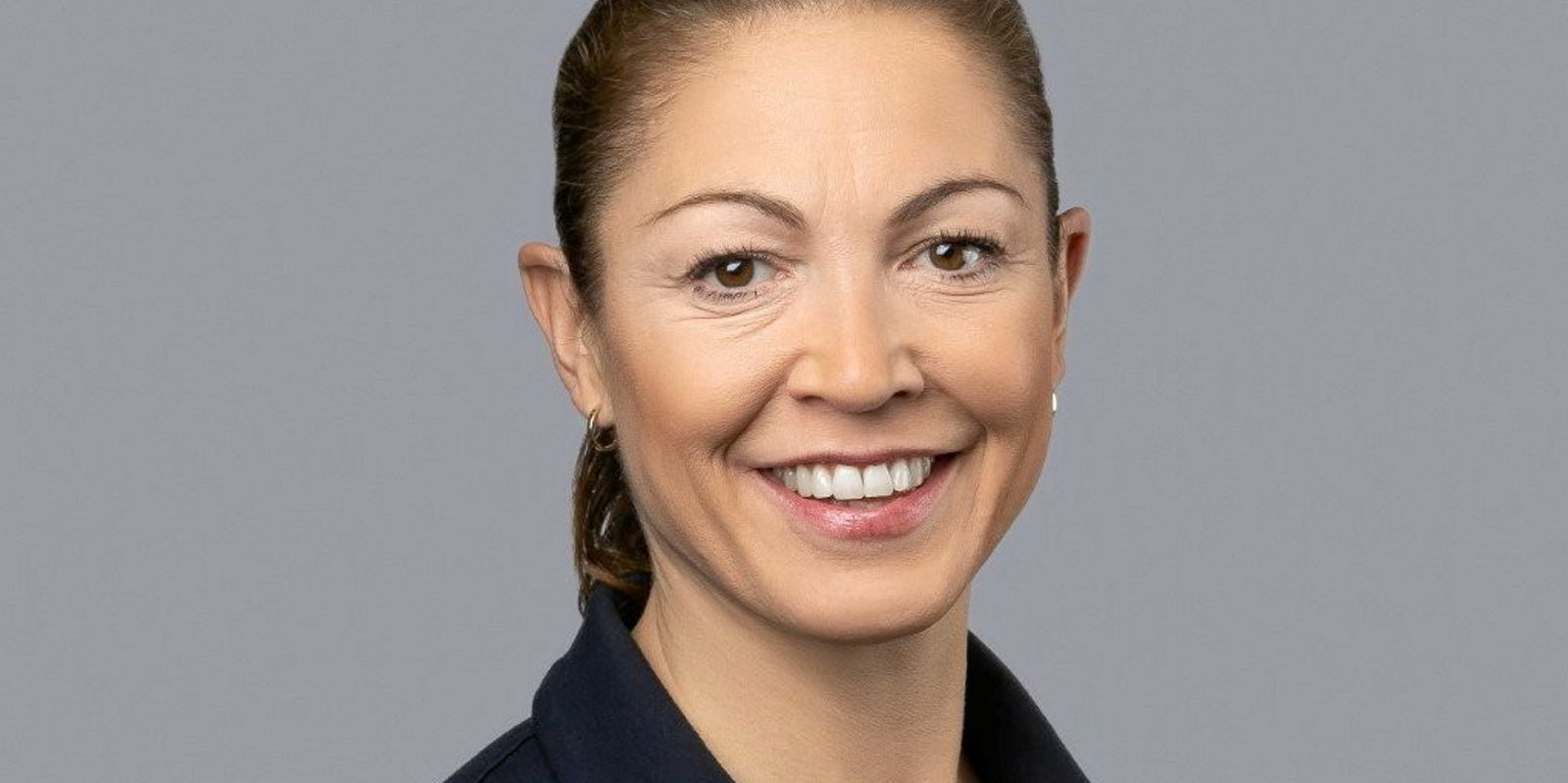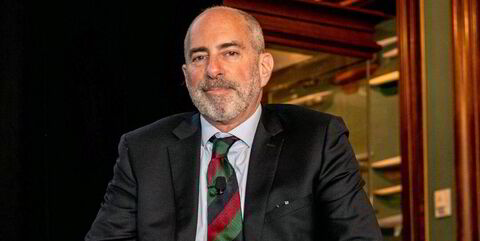UK shipbroker Clarksons believes 200 new offshore wind vessels are needed to construct all the new farms planned by 2030.
These ships will cost $20bn combined, the London shop calculated.
Offshore wind is currently experiencing significant growth in new markets around the world due to soaring global demand for carbon-free energy that supports climate commitments, while also providing energy independence and security, Clarksons said.
Europe has been leading the way, but there is also major investment in the US, Taiwan, South Korea and Japan.
Challenges are beginning to emerge, however.
“We are already starting to see gaps in the market when it comes to the supply of the necessary offshore wind logistics vessels,” the shipbroker added.
“While this may be great news for shipowners and yards, any lack of supply chain is of course less welcome for developers, causing prices to rise and difficulties in securing favourable terms and conditions for their projects,” the company added.
Clarksons’ Renewables advisory team calculates that 30,000 turbines and foundations are expected to be installed by 2030, excluding China and floating wind systems.
The installation rate is set to double from between 700 and 1,000 per year to more than 2,000 from 2025 on.
A total of 50 vessels were involved in the construction of just one UK wind farm over a two-year period, Clarksons said.
“When you extrapolate these figures to account for the huge number of upcoming projects on a global scale, it is clear to see both the massive challenges faced by the renewables industry as well as the equally significant opportunities presented for those willing to be bold in their decision-making,” the broker added.
Gaps need to be filled
Even if some projects are not developed as planned, thereby reducing demand a little, the company is still predicting gaps in vessel supply. This will mean plans are delayed and rates will rise.
Significant investment in new tonnage is the only solution, but there is still uncertainty in some corners over whether larger vessels have a long and viable life, the broker noted.
The market is undersupplied with cable lay vessels (CLVs), commissioning service operation vessels (CSOVs) and wind turbine installation vessels (WTIVs).
CSOVs are now 40% more expensive to build than two years ago but crucially, day rates have also been on the rise, doubling in six months, Clarksons said.
The company also expects CLV rates to more than double by 2026.
And WTIVs could soon be earning more than $250,000 per day, with the likelihood of this going higher still.
Frederik Andersen, managing director of renewables at Clarksons, said: "It is clear that we are at a pivotal moment in time for vessel development for offshore wind projects."
“Right now is the sweet spot for offshore wind vessel development; we’re at a point where there are opportunities for shipowners and investors, the likes of which have rarely been seen before,” he added.





